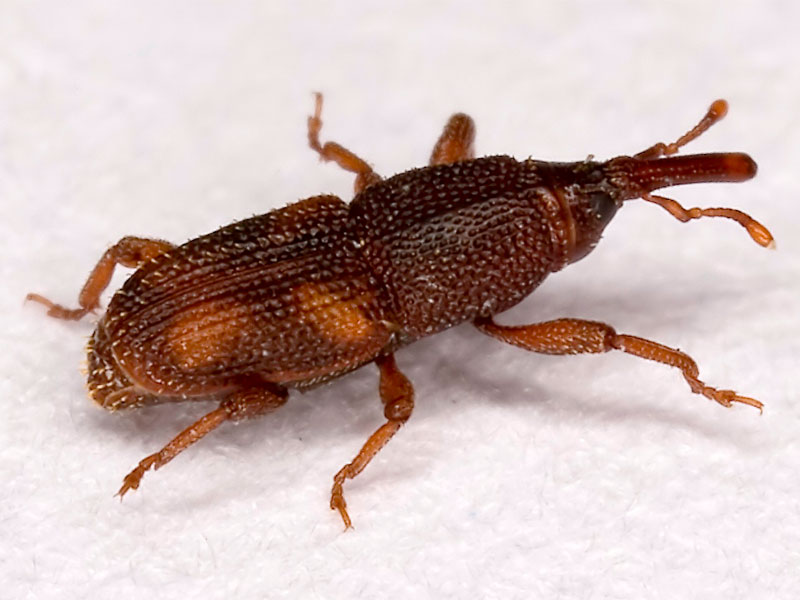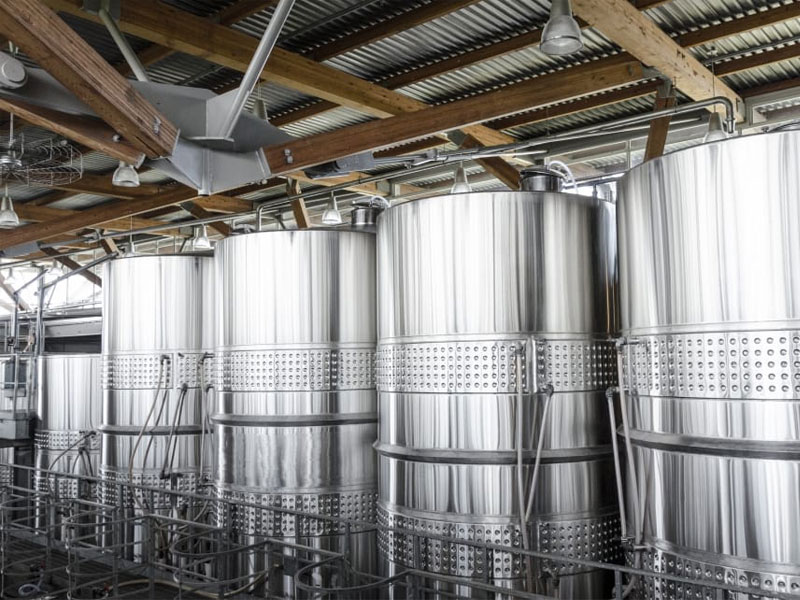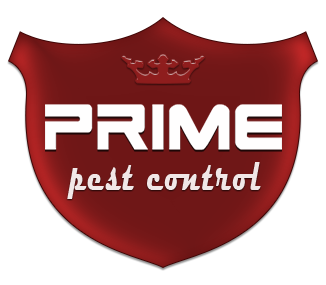Rice weevil and Grain weevil infestation

The Rice Weevil (Sitophilus Oryzae) and the Grain Weevil (Sitophilus Granarius) are the most common pests found in various stored grain products in storage facilities, e.g. grain silos and processing plants. Among the most common products that the weevils infest are wheat, corn, rice, oats, corn, etc… These pests rarely infest domestic premises, however, if they do, then they can be found in grain products like cereals, chestnuts, birdseed and sunflower seed, acorn, rye, rice, wheat, and, in rare occasions, in foods such as spaghetti and macaroni.
Rice weevil and Grain weevil control

As with all other stored product pests, cleanliness and sanitation are vital when it comes to prevention and control of the infestation of the Rice and the Grain Weevils. Storing products for shorter periods of time reduces the chances for developing a Rice Weevil or a Grain Weevil infestation at your property. For businesses dealing with stored products or food manufacturing it is important that all equipment is sanitised on a regular basis, as some of the pests can settle in the debris left after using the equipment.
If there is an established Rice Weevil or Grain Weevil infestation at your property, it is best to dispose of all infested products carefully and hoover the cupboards and shelves carefully using a hoover on strong suction setting. Once this is done, the contents of the hoover should be sealed and binned in a safe manner. Scrubbing and cleaning the infested areas comes as the next step to do, as it will clear anything left from the infestation. Placing a foil, cardboard or paper before replacing the products is also an important step in the process. Finally, before placing the new products on the shelves, you should ideally move them to glass jars, which will prevent any pests to come in contact with the products. Also, when transferring the products, you will be able to spot if there is any sign of infestation already present in them before even storing them.
For commercial customers and residents with difficult to eradicate infestations Prime Pest Control offers tailored pest management schemes and treatments, achieving high success rates. We carry out treatments for businesses and residents across North, West, South and East London, as well as the surrounding counties. Our experienced pest technicians will not only eradicate your Rice Weevil and Grain Weevil infestations but they issue professional advice on prevention and monitoring that work in the long run. Once booking is made, we send a technician trained by the British Pest Control Association (BPCA) to inspect and risk assess the premises, identifying the source of the infestation first. In such cases, fumigation or spray with specific professional-use-only insecticide are the most effective methods for the eradication of the Grain and Rice Weevil infestation. Professional treatments allow for the products and equipment to be used again after the process is completed, saving time and additional costs.
About Rice weevil and Grain weevil
The Rice Weevil and the Grain Weevil look similar at first glance. However, the two pests differ slightly. They are both around 2-3 mm in length. An interesting fact is that weevils that infest the different stored grains are of different sizes – the larger ones choose larger size of product size, e.g. corn, and the smaller ones choose a smaller size of grain product, e.g. millet. The two weevils have oval shape of their bodies. The Grain Weevil is black to reddish-brown in colour and the Rice Weevil is similar but it also has red spots on its wings, which make it easier to differentiate. The adult forms of the two weevils can be differentiated as well. The Grain Weevil is shiny, while the Rice Weevil is dull and it has round punctures on its wings, which are not present in the Grain Weevil. The Grain Weevil is not able to fly, whereas the Rice Weevil is able to fly and this is often used to differentiate between the two weevils.
When it comes to the life cycle of the Grain Weevil and the Rice Weevil, it takes about 3 days in favourable conditions for the eggs of the Grain Weevil to hatch. The female adult of the Grain Weevil will hatch between 36 and 254 eggs – laying 2 to 3 eggs per day. The larvae of the pest needs 18 days to reach maturity and the pupa needs about 6 days to reach it. The Rice Weevil female adults lay more eggs that the Granary ones – 300 to 400 eggs in total and it takes about 32 days, depending on the conditions, for the whole life cycle of the pest to be completed.
The Grain Weevil prefers higher temperatures and is able to survive for up to 30 days and 30 degrees Celsius or otherwise it can live for about 7 to 8 months in favourable conditions. The Rice Weevil has a preference for lower temperatures and can survive for up to 98 days on temperature around 18 Celsius and if left in favourable conditions, this pest can survive for several months up to a period of one year. However, if the temperature drops below 16 Celsius, the larvae of the Rice Weevil will not be able to develop.
